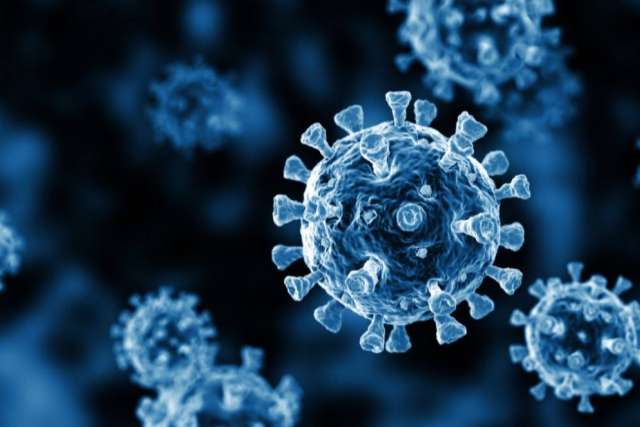Has the United States surpassed 1 million deaths from COVID-19?
It depends whom you ask.
According to the Johns Hopkins University COVID-19 dashboard, yes.
According to the World Health Organization and the U.S. Centers for Disease Control and Prevention, no.
Why the discrepancy? And why does it matter?

While there are state and national standards for reporting disease mortality, not every data center receives information at the same time and not all of it is complete, says Vickie Mays, PhD, MSPH, a professor at the Fielding School of Public Health and co-author of a recent report on mortality data in the American Journal of Public Health.
The CDC, for instance, collects data from each state and “there’s a lag in reporting sometimes for the death to get from the state to the CDC,” Dr. Mays says.
When state data centers are understaffed or overwhelmed — as New York was early in the pandemic, when bodies piled up in refrigerated trucks outside hospitals — it can take a while for mortality data to be collected and transferred to the CDC.
“That overload on the system resulted in a significant impact on the mortality data,” Dr. Mays says.
Data can also be incomplete, depending on state resources and protocols.
Nearly half of COVID-19 death records lacked race and ethnicity data, Dr. Mays says, which delayed resources and response time to the most affected populations. Before the CDC can compile its information, researchers and statisticians have to go back to state sources to fill in the missing details, which further delays accurate tallies.
“The extent to which the data is lacking and how long it takes to get it is the extent to which, every day, you’re slowing down that group’s ability to be recognized as needing certain things that would make the difference in some of that group not dying,” Dr. Mays says. “So deaths were preventable in this pandemic. And it didn’t happen.”
Such delays prompted the CDC’s Data Modernization Initiative, which aims to improve health surveillance infrastructure at the state and federal level over the next several years.
Accurate, timely public health data is important because it allows people to make informed choices about risks and protection, Dr. Mays says.

Seeing the local death toll increase may inspire someone to wear a mask even in places where it’s not required by law, she says.
“Giving you accurate information, and giving it to you in a timely and frequent manner, helps you to actually decide how you’re going to behave,” Dr. Mays says.
Officials at the WHO believe COVID-19 deaths have been undercounted across the globe and that the worldwide tally of nearly 6.3 million may actually be two times higher, including an additional 100,000-plus American deaths.
Get the latest information on COVID-19 from UCLA Health.



